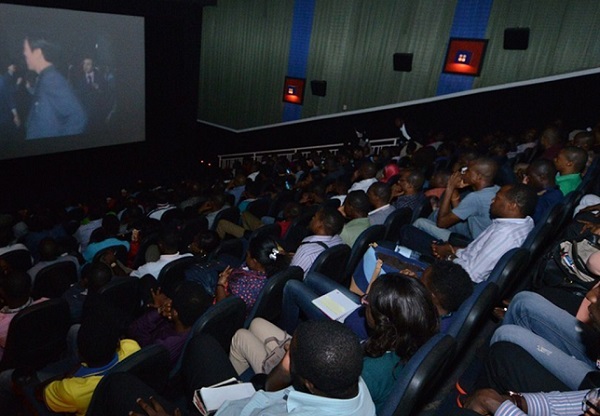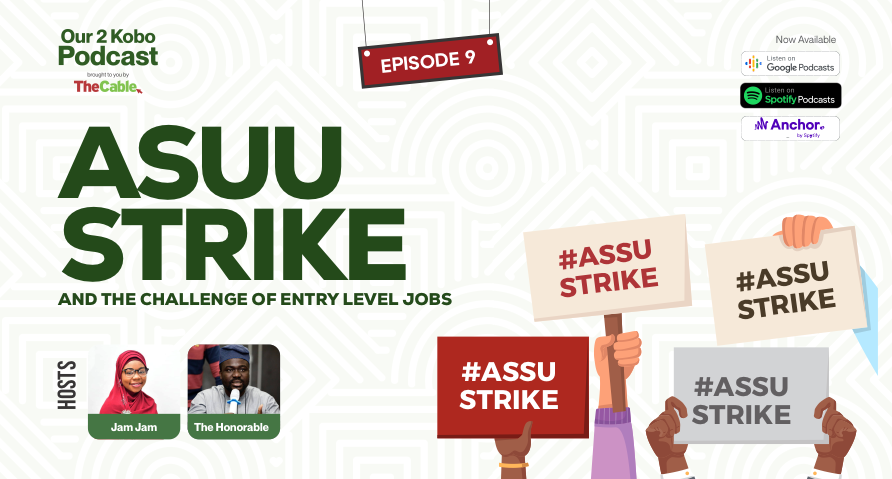Nelson Mandela said freedom is meaningless if you cannot put food in people’s stomachs. The United Nations’ Sustainable Development Goal 2 is to “end hunger, achieve food security and improved nutrition, and promote sustainable agriculture.” But how can this be done? One promising solution is through the use of artificial intelligence (AI). This article seeks to find ways to realize this while emphasizing collaboration rather than siloed approach.
According to the United Nations, there are more than 795 million people in the world who are chronically hungry. That means that one in nine people does not have enough food to eat regularly. Hunger is a serious problem that affects people of all ages, but it is especially harmful to children. When children are malnourished, they are more likely to get sick, their bodies and brains don’t develop properly, and they struggle in school. In extreme cases, hunger can lead to death.
In addition, there are many causes of hunger, but most of them can be boiled down to two main factors: poverty and conflict. Poverty is the biggest factor by far – if people don’t have enough money to buy food, they will go hungry. Conflict can also disrupt food production and distribution, leading to hunger. For example, farmers may be unable to plant or harvest their crops because of fighting, or aid agencies may be unable to get food to people who need it because of blockades or other security problems. Artificial intelligence (AI) has the potential to help reduce hunger in the world in several ways including the improvement of agricultural productivity by helping farmers choose the best time to plant.
Moreover, The United Nations’ Sustainable Development Goal 2 is to end hunger, achieve food security and improved nutrition, and promote sustainable agriculture. This goal is important not just for the 800 million people who currently suffer from hunger, but also for the billions more at risk of malnutrition. Reducing hunger is essential to achieving other global goals, such as reducing poverty, improving health, and promoting gender equality. David W. Brooks has quipped that if we are going to stop wars on this earth, we are going to have to make war on hunger our number one priority. Artificial intelligence (AI) can help to achieve Sustainable Development Goal 2 in several ways. For example, AI can improve agricultural productivity, forecast crop yields, and predict demand for food. AI can also help to distribute food more efficiently and reduce food waste.
Advertisement
In addition to increasing agricultural productivity and reducing food waste, AI can help to improve nutrition. For example, AI can develop personalized nutrition plans and track dietary intake. AI can also target nutritional interventions for those most at risk of malnutrition. While AI holds great promise for reducing hunger and improving nutrition, it is important to remember that AI is not a silver bullet. To truly end hunger, we need a comprehensive approach that includes investments in infrastructure, education, and social protection programs. But with its ability to boost agricultural productivity, we will be well off on the path to a true zero hunger on a global scale.
Hence, the application of artificial intelligence (AI) in agriculture has the potential to increase yields, reduce costs and wastage, and improve food safety. To achieve zero hunger, it is important to identify and implement the best technologies for improved food production. There are many different types of AI technologies that can be used in agriculture, including machine learning, predictive modeling, and drones. Machine learning can develop models that predict crop yields, pest outbreaks, and water needs. Predictive modeling can be used to optimize irrigation schedules and forecast crop yields. Drones can be used for crop mapping and monitoring, as well as for the delivery of inputs such as seeds, fertilizer, and pesticides. The use of AI in agriculture is still in its early stages, but there is great potential for it to make a significant impact on food production. With the right policies and investments in place, AI can help us achieve zero hunger and create a more sustainable future for our planet.
To approach the benefits of reducing hunger, we need to realize that it is a major problem faced by many countries across the world, and one of the main causes of death and disease, as it affects millions of people every year. However, hunger is also an issue that can be solved. There are many ways to reduce hunger, and one of them is through artificial intelligence (AI). AI has the potential to help reduce hunger in several ways. First, AI can be used to better target food assistance programs. By using data and analytics, AI can help identify areas where food assistance is needed the most and target resources accordingly. This can help ensure that food assistance programs are more effective in reducing hunger.
Advertisement
Second, AI can be used to improve agricultural production. Agricultural production is often limited by factors such as weather and pests. However, AI can help improve agricultural production by providing farmers with better information about these factors. Additionally, AI can be used to develop new technologies that can improve agricultural production, such as more efficient irrigation systems.
Third, AI can be used to help distribute food more efficiently. By using data and analytics, AI can help identify areas where there is high demand for food but low supply. This information can then be juxtaposed to re-channel resources accordingly, reducing waste and improving efficient utilization.
Furthermore, the world’s population is expected to reach 9.7 billion by 2050, and with that comes the daunting challenge of feeding everyone. The United Nations’ Sustainable Development Goal 2 is to achieve zero hunger by 2030, and we’ll need all the help we can get to make that happen. Artificial intelligence (AI) is one area with great potential to help increase food production and improve agriculture. For example, AI can be used for yield prediction, precision farming, and crop monitoring. Yield prediction is important because it can help farmers know how much of a particular crop they can expect to harvest. This information can decide on planting, irrigation, and other agricultural practices.
Additionally, precision farming is a type of agriculture that uses information technology to optimize the management of crops. This includes things like using sensors to monitor soil moisture levels, using GPS to guide machinery, and using weather data to forecast conditions. All of this information can be used to improve yields and decrease inputs such as water and fertilizer. Crop monitoring is another area where AI can be used to improve agriculture. Crop monitoring systems use sensors and images to collect data about crops. This data can then be used to make informed vital decisions on time.
Advertisement
On the contrary, when it comes to addressing the issue of hunger, artificial intelligence (AI) presents both great promise and significant challenges. On the one hand, AI can help us to more accurately identify and target areas where hunger is most prevalent. On the other hand, AI itself requires a significant investment of resources, which may be difficult to justify in regions where hunger is most acute. To effectively use AI to reduce hunger, we must first overcome these challenges. One way to do this is by working with existing institutions and organizations already engaged in combating hunger within the ecosystem. By partnering with these groups, we can help to ensure that AI is used in a way that is both ethical and effective.
Additionally, we must continue to invest in research and development so that AI can be used to its fullest potential. And, only by working together and making the necessary investments will we be able to harness the power of AI to achieve zero hunger.
In conclusion, Robert Ingersoll says that we rise by lifting others; this is instructive, as I land with Pope Francis that you pray for the hungry. Then you feed them. This is how prayer works. Achieving zero hunger through artificial intelligence is an ambitious goal, but one that is realizable with the right technology and partnerships. With the help of AI, we can better target areas most in need of assistance and develop more efficient ways to distribute resources. We must remain committed to using AI to achieve zero hunger and end food insecurity worldwide as countries began to engage in creative ways to collaborate toward a sustainable and mutually beneficial overall outcome.
Thank you for the strategic investment in time. Please share, comment on, clap for, reach out to, follow for more, and listen on Medium: https://medium.com/@roariyo, Twitter: https://twitter.com/ariyor, and LinkedIn: https://www.linkedin.com/in/olufemi-ariyo-923ba6130/ or email me: [email protected]
Advertisement
Add a comment






